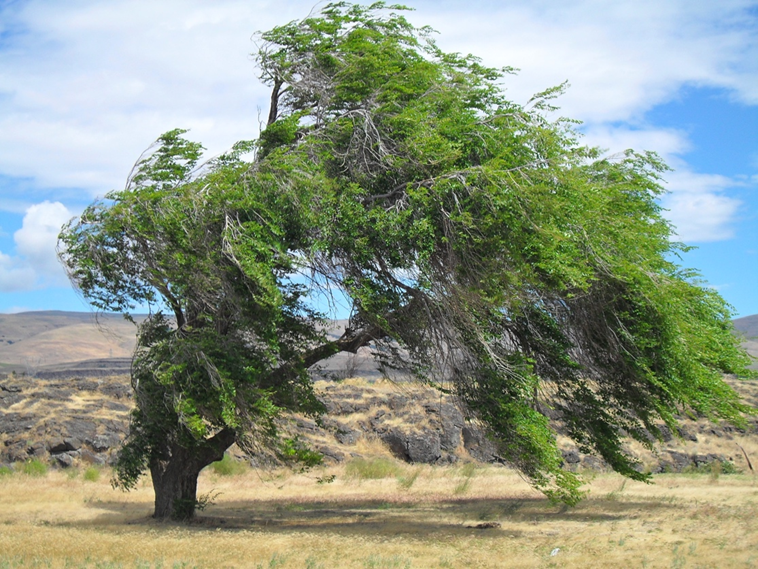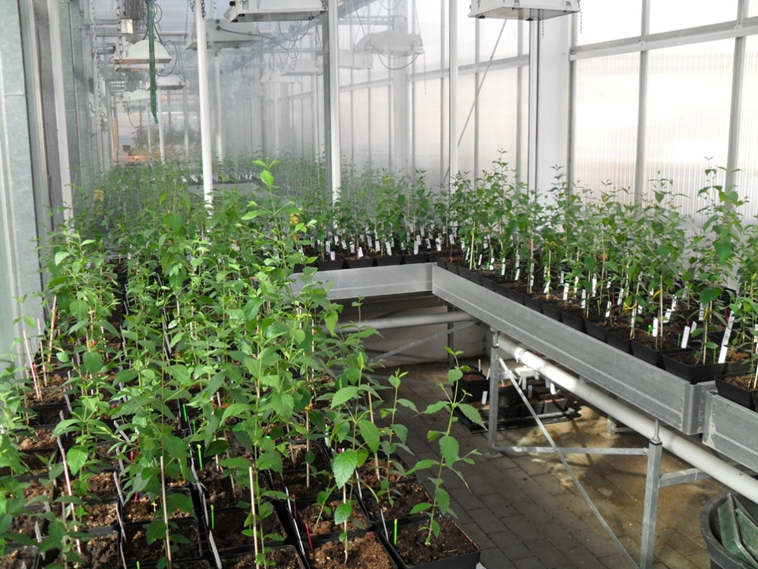14 December 2016 | By Heidi Hirsch
A recent study by C·I·B Post-doctoral fellow, Heidi Hirsch, and colleagues found evidence that experiments on life-history traits, such as seed germination and seedling growth, can help explain why some invasive tree species are so successful.
The Siberian elm (Ulmus pumila), which is native to the temperate regions of East Asia, was introduced to several countries due to its tolerance to Dutch elm disease and harsh climatic conditions. Today, this tree is considered as naturalized or invasive in most of the regions where it was introduced.

The study, which was published in the journal AoB PLANTS, compared the performance of non-native Siberian elm populations in North America and Argentina to the performance of populations from their native range in China (native populations).
An earlier study, by the same authors, compared the germination performance of non-native populations in the Western United States with populations from the native range. “Results from this experiment showed that the seeds from the non-native populations germinated significantly faster than those from native populations,” explains Heidi Hirsch, lead author of the paper published in NeoBiota.
In their most recent study, the authors tested another early life-history trait – seedling growth. Using a greenhouse experimental set-up, they exposed Siberian elm seedlings to different temperature and watering treatments to see whether native and non-native populations show the same patterns in growth early on in their life.

Under all treatments, the non-native populations produced more plant material (biomass) early on their life than the native populations. According to Heidi, “this could explain why these trees are so successful in establishing in new areas, at least in areas with low levels of competition from native species.”
Hirsch commented on the relevance of the study, “Experiments with trees are often considered as ‘too difficult’ or ‘too time consuming’ because of their long generation times. However, our study shows those experimental approaches focusing on the earliest life-history traits, like germination and seedling growth, can be done within relatively short time periods. These traits can play a crucial role during the colonization of new sites and can therefore increase our understanding of the invasion success of woody species.”
The paper on the growth performance was linked to a workshop titled “Evolutionary dynamics of tree invasions: drivers, dimensions, and implications for management”, which was hosted by the C·I·B in November 2015. Discussions at the workshop led to a special issue in the journal AoB PLANTS.
Read the articles in AoB PLANTS and NeoBiota
For more information, contact Heidi Hirsch at hirsch@sun.ac.za
